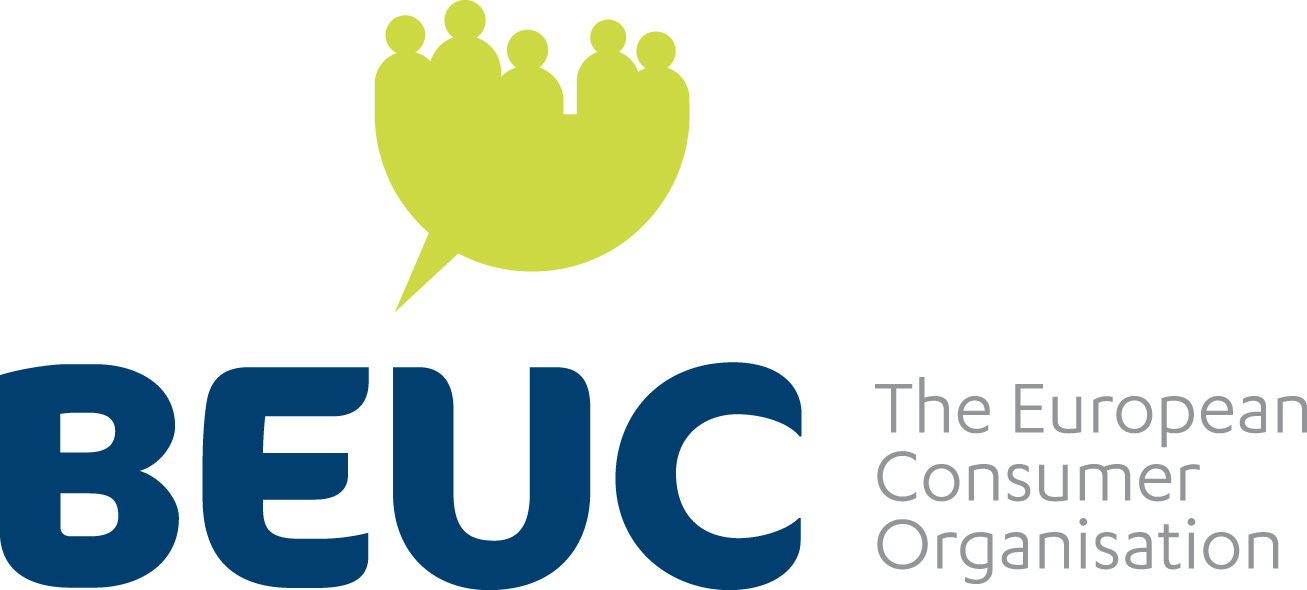New obesity figures yet another wake-up call for decision-makers to better protect consumers
About this publication
PRESS RELEASE - 03.05.2022
A new report by the WHO European Regional office published today paints a stark picture of overweight and obesity rates across Europe and calls for healthier food environments. Alarmingly, not one single country in the region is on course to halt the rise in these conditions, a target they had committed to achieving by 2025.1 The European Consumer Organisation BEUC calls on decision makers to take urgent action.
60% of European adults are overweight or obese, the report highlights, and younger generations are affected too, with nearly one in three children living with overweight or obesity.
The report challenges today’s dominant narrative, which places the burden of responsibility for addressing obesity on the shoulders of individual consumers. Instead, it calls for strong government leadership that prioritizes public health and for a range of interventions to tackle the structural determinants (including commercial ones) of obesity.
The WHO rightly underlines that creating supportive ‘food environments’2, both offline and online, is key for preventing obesity. This echoes a recent report3 by BEUC, which found that children are massively targeted by unhealthy food ads and exposed the need for binding EU rules.
BEUC Director General Monique Goyens commented:
“However shocking, these high rates of overweight and obesity for adults and children alike are no longer surprising. While governments and public authorities have known for years what must be done to tackle this public health crisis, they have failed to grasp the nettle and take the truly ambitious and comprehensive actions required to prevent obesity in their populations.
“As stressed in the report, there are no silver bullets to solve this decades-long problem. From confusing nutrition labelling or the promotion of sugary cereals in prime locations in shops, to ads for unhealthy food targeting young children on social media platforms, everything prompts us to go for the sugary, fatty option.
“There’s an urgent need to reverse the tide now. Decision makers must ensure that the healthy food choice becomes widely available, attractive, and affordable. Mandatory front-of-pack labelling – like Nutri-Score – must become one of the options to help consumers make healthier choices. Action is also urgent online, where children and teenagers are targeted by unhealthy food ads day in day out. From social media influencers promoting chocolate biscuits to salty crisps sneakily finding their way into popular online games, policy makers must crack down more effectively on these pernicious marketing techniques.”
ENDS
1 Halting obesity was one of the nine global voluntary targets in the Global Monitoring Framework for the Prevention and Control of Noncommunicable Diseases 2013–2020 which Member States adopted in the World Health Assembly in 2013. See NCD Global Monitoring Framework.
2 ‘Food environment’ can be seen as the spaces, both offline and online, in which people make decisions about food. They are, to a significant degree, shaped by commercial actors who influence the availability, promotion and pricing of the products consumers buy and consume. See also the Food Policy Coalition Policy Brief on ‘food environments’.
3'Food marketing to children needs rules with teeth’, 2021.
Download:


